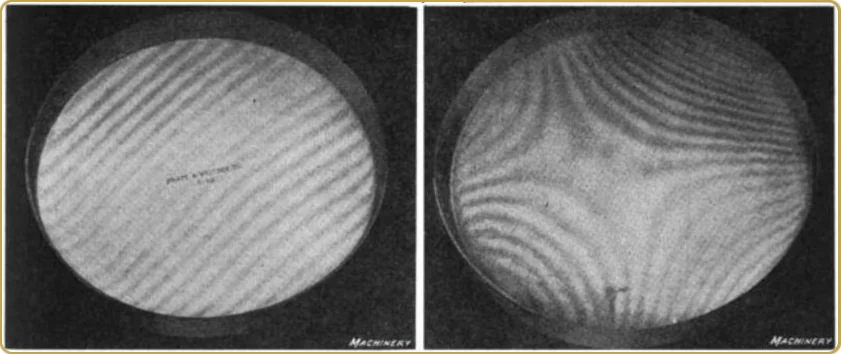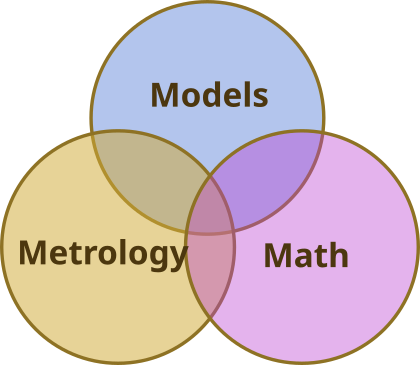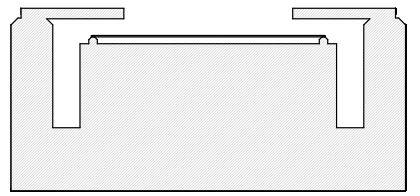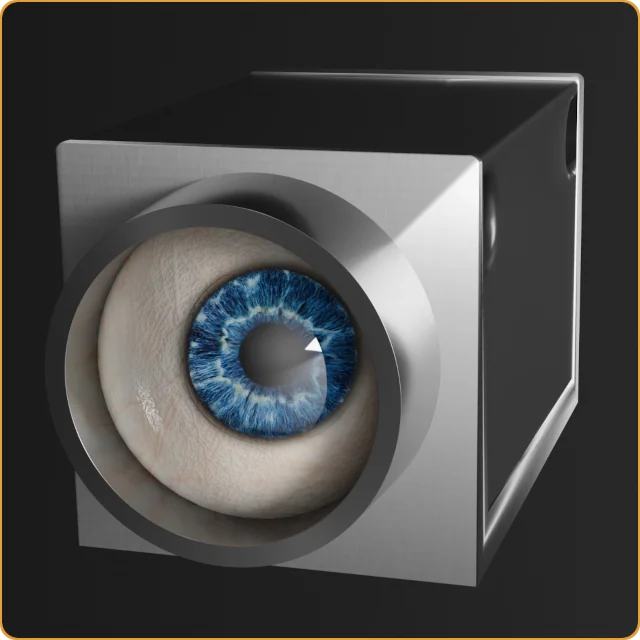
Coherence is perhaps the most interesting property of light and arguably, the effects of interference are at the core of what we consider to be the field of optics. Yet, you don’t have to look too far to find an optics specialist that simply will not have anything to do with it. In practice, we often need the right amount of coherence but since it is a bit of a rigid object, we cannot stretch it, but we can often chop it up and move it around. This will often make the spectral density discrete and the coherence function periodic. Two examples of that are given below.
RF modulated diode lasers
RF modulated diode lasers are a very useful tool to have in the metrology toolbox. When we set up the classic Twyman-Green interferometer (which many refer to as the Michelson interferometer and Michelson referred to it as essentially useless, but then we got the laser), a little careful aligning and we have managed to create a couple of etalons. This is obviously not great. They are not great etalons but they should not exist at all.
We can all but completely avoid all those etalons if we had a source with a short coherence length and this is what the RF modulated diode, let’s call it, tries to emulate. The RF (deep) modulation will prevent a single mode to dominate and instead all cavity modes with above unity gain will emit light, and instead of 1 to 3 modes we will now have a discrete spectrum of uniformly spaced frequencies and, consequently, a periodic coherence function.
If one now sets up a Twyman-Green interferometer with one mirror on a stage (preferably with a long travel range) we will find, most probably, zero fringes until we with some patience move one of the mirrors until we see 100% contrast fringes. And then we move the mirror 100-150 microns and the fringes are completely gone, but if we continue another 10, maybe 15 millimeters, we will find 100% contrast fringes again, and then again after another 10 to 15 millimeters. This is a rather striking consequence of the Wiener-Khinchin theorem that relates the spectral density of a signal in frequency space and its autocorrelation (in time), which are Fourier pairs.
Spatial Coherence
Just like longitudinal coherence of a point source is determined by the spread in frequencies of the light source, spatial (or transverse) coherence is determined by the spread over angles of incidence. Spatial coherence follows the usual optical laws so to speak. If we re-image it with some magnification, the product of the spatial (transverse) extent and spread in incidence angles is preserved, all the way back to the source. We can decrease it with apertures but we cannot increase it, at least not with surfaces where Snell’s law applies.
Back at the laser source we usually realize that this product is not large enough and the standard trick with, for example, Excimer lasers is to use the short longitudinal coherence length to get a shorter spatial coherence length in one of the directions where it usually is too short. Even after this trick, the product is too small but since we need a homogenizer anyway, we add a (2D) lens array which spreads out the available angles of incidence to any desired range.
As was the case with the RF modulated diode, we again have a discrete set of sources, this time in space, but the same relation between autocorrelation and spectral density applies and we again have a periodic (this time spatial) coherence function. Usually when we build a homogenizer, if we get a flat illumination we might think we are done. If the device we are building is intended for entertainment, like a DMD/DLP projector, that is probably true but if we are building a high-precision device where details matter, we probably need to make sure the spectral density that gets transformed in the homogenizer is uniform as well, or to give it an analogy, if we are illuminating a modulator and we imagine ourselves walking about on its surface looking up toward the lens array, we want to see each source (in the least) at exactly the same intensity, not blinking like the stars when we move around. If they do, our coherence function varies over the illuminated surface and even if our illumination is uniform, the imaging properties are not.
The periodicity of the resulting coherence function is not without consequences and we must have enough sources (micro-lenses) in both directions to make the period long enough that it is suppressed by the optical resolution of the projection lens we probably (will) have further down the optical axis.
There are two references that cover most of what one needs to know and both are by Goodman, but not the same Goodman. One is Statistical Optics by Joseph Goodman. Almost everybody knows about him. The other is by the little less known Douglas Goodman, “Graphical methods to help understand partially coherent imaging”. Can’t recommend them enough.








Leave a Reply